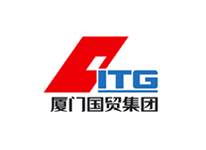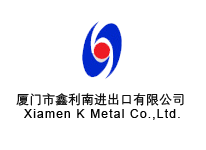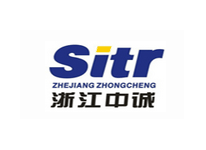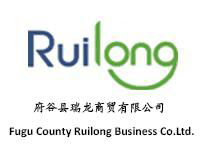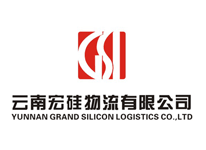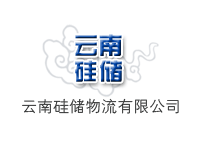- Content
- How could Chinese silicon metal industry solve the contradiction between increased production capacity and reduced demand on the background of complex economic situation both at home and abroad?
- 2012 was a tumultuous year for Chinese silicon metal market due to decrease of demand both from home and abroad. Some Chinese silicon metal smelters with high cost ceased production in large scales as prices dipped all the way from March to October. After late October, South China stepped into the level period and dry season and domestic price gradually rebounded as a result of decreasing operating rate caused by higher electricity price. However, the market price still lagged behind the price level year-on-year. How could Chinese silicon metal industry solve the contradiction between increased production capacity and reduced demand on the background of complex economic situation both at home and abroad?
- How will Chinese silicon metal production pattern change? Where will Chinese silicon metal export market head to under new tariff terms?
- In 2012, the black horse Xinjiang producing area saw higher output while silicon producing plants in Hunan and Guizhou basically halted production due to higher electricity cost and the supply during rainy season in the south mainly came from Yunnan and Sichuan. How will the Chinese silicon metal production pattern change in 2013?
- The State Council of the People's Republic of China approved the “The Application Plans of Customs tariff for 2013” and published it on December 17th. The policy will be executed from January 1st 2013. In the list of “Customs tariff for exporting materials“, there was not any information about silicon metal (whose previous Customs code was28046900). Relevant department confirmed that there is no temporary tariff rate on silicon metal from January 1st 2013. It means that China will cancel the silicon metal export tax (which is currently 15%) from January 1st 2013. Where will Chinese silicon metal export market head to under new tariff terms?
- Current states and outlook of the silicon industry development in Asia and Europe
- Around a half of Chinese silicon metal is for export. And 70% of the export volume is to other countries and regions in Asia. As the major Chinese silicon metal consumption area, what kinds of developments of silicon metal in Asia will be seen in 2013? When could European silicon demand get rid of the spoil of European debt crisis and begin to revive?
- How should Chinese photovoltaic enterprise deal with “Double-anti” investigation launched by the US and the EU? Could China’s investigation of anti-dumping on imported polysilicon effectively promote the development of the domestic polysilicon enterprises?
- The US has issued a preliminary investigation on Chinese solar cell products, applying anti-dumping duty rates ranging from 27.30% to 249.96%, anti-subsidy duty rates from 14.78% to 15.97%. EU and India also began the “Double-anti” on Chinese solar products. How should Chinese enterprise deal with the problems? China began the “Double-anti” investigation against the US and anti-dumping investigation against South Korea over polysilicon. However, is it favorable or unfavorable for China to stop large volume of polysilicon imports flowing in or will the measure benefit Chinese local polysilicon enterprises?
- Main subjects:
- Current Status and Outlook of Chinese Silicon Industry
- Tendency of Silicon Industry in Asia
- How do Chinese Enterprises Seek for Breakthrough under New Polysilicon Industry Pattern?
- Organosilicon Industry Development and its Influence on Silicon Metal
- European Silicon Industry Status and Outlook
- Tendency of Silicon Industry in North America
- Current States and Outlook of Global Silicon Industry

